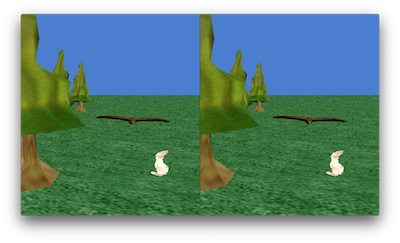I read a question and some responses on the Christian Game Developers Facebook group yesterday. The question was, “How do you guys feel about heroes in fantasy games using magic?” There was some discussion of the prohibitions of sorcery in the Bible and the example of the converts in the NT who burned their magical books.
In the video games I have played, magic is pretty much the same thing as superpowers. Being able to control the wind or throw a fireball is not different from what X-men or Avengers do. One commenter said he doesn’t participate in any of these forms of entertainment. I admire the consistency of this stance, but I think these things are fantasy and fun to imagine.
I had to think about the broader issue of evil in video games when I started playing Diablo and Diablo II. I decided that the stuff in that game (cemeteries, winged demons, pseudo-scriptural text) is almost completely unlike anything related to real Christianity, so it was OK to play.
I stopped playing Diablo II when I saw some of my friends playing the game for hours and hours, waiting for the rare loot drops. I wondered, is this game fun or addicting? Over the years I have come to the conclusion that the real evil of Diablo and other such games is the Skinner box—making players addicted to the game by activating pleasure centers in the brain at random times. Some game companies monetize this by making players pay for loot boxes.
Please think about if you’re playing a game because it’s fun and uplifting, or because your mind is being controlled by pleasure seeking. This goes for creating games, too.

